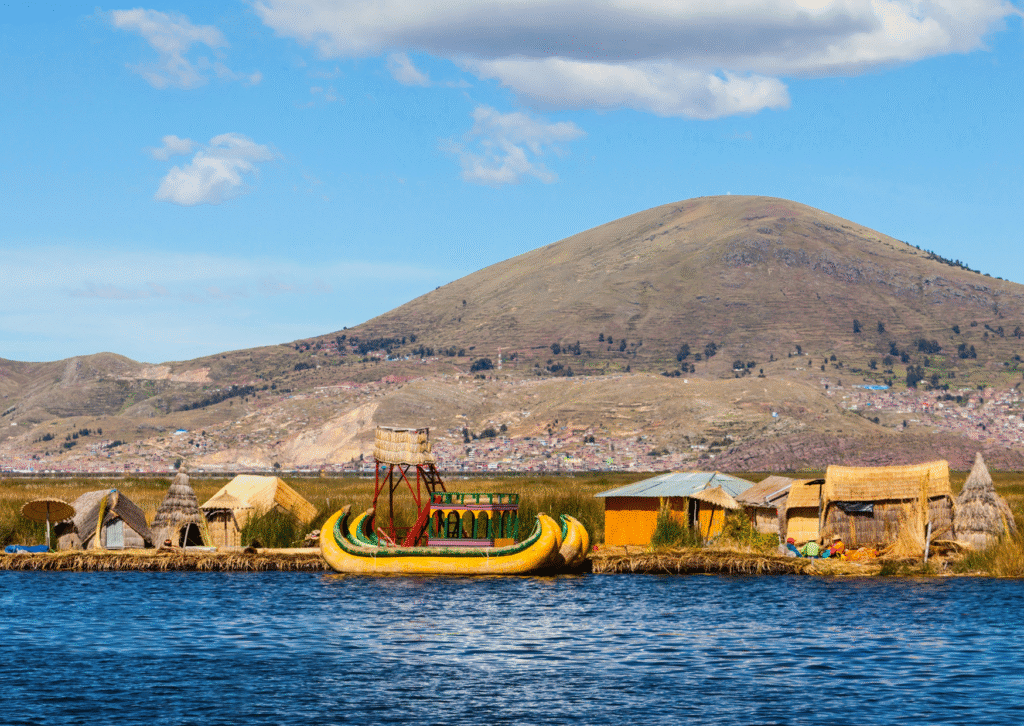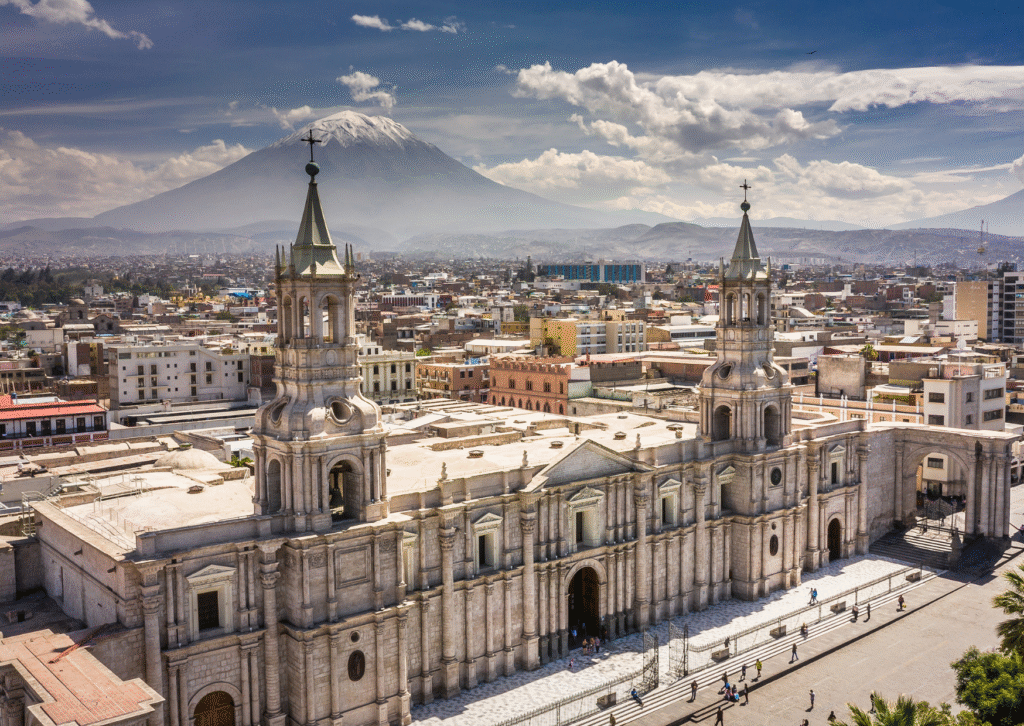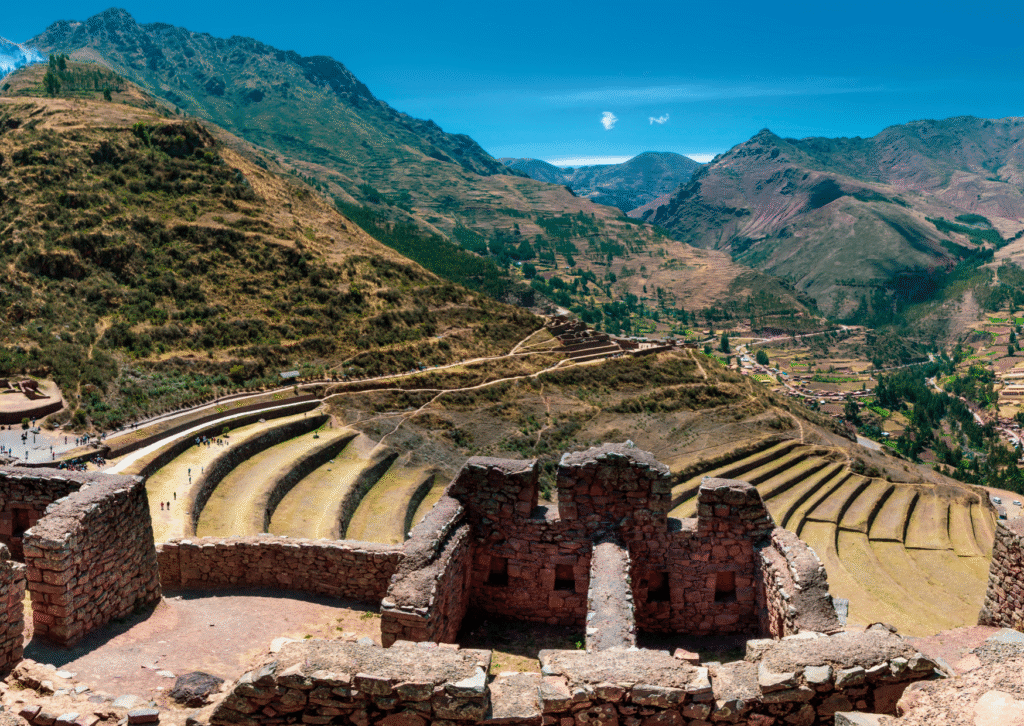People immediately think of Machu Picchu when they think of Peru and that’s for a good reason. This amazing, old, and beautiful global marvel represents the Incan culture. But what if we told you that there is another side to Peru that is just as magical, more diverse and firmly anchored in cultural traditions that have been there for hundreds of years? Peru has a lot more to offer than just Machu Picchu. From colorful festivals in the Andes to lively coastal cuisines and ancient Amazonian traditions, it’s a cultural experience like no other.
This blog will take you deep into the heart of Peru’s living legacy if you’re a visitor looking for real Peruvian experiences, willing to learn about ancient civilizations, try native foods and get to know the local culture.
1. Find out what makes Cusco special beyond its ruins

While most people rush through Cusco as a gateway to Machu Picchu, this city is one of the richest cultural centers in Latin America. Cusco was formerly the capital of the Inca Empire. Now, it is a UNESCO World Heritage Site full with colonial buildings, cobblestone alleyways, and old temples.
See the Temple of the Sun or Qorikancha, where Incan stonework and Spanish architecture come together. Walk around San Blas, Cusco’s bohemian neighborhood with artisan stores, local galleries and comfortable cafés that serve organic Peruvian coffee.
Join a chicha-making lesson to really get into the culture. Chicha is a traditional fermented maize beer that households in the Incan Empire still make the same way they did hundreds of years ago. Finish your night at Plaza de Armas, where Andean music plays and locals gather under the cathedral lights.
2. See the Inti Raymi Festival

One of Peru’s most amazing events, Inti Raymi, is in June. If you can go then, don’t miss it. This ceremony, which takes place in Cusco, honors Inti, the Inca Sun God. The event celebrates the winter solstice and the start of the new agricultural cycle, which is a very important time in the Andean calendar.
Thousands of people from the area and tourists come to Sacsayhuamán, an ancient citadel overlooking Cusco, to see dancers in bright costumes, long processions and traditional rites that bring back memories of ancient Incan ceremonies. The colors are bright, the energy is high and the sense of history is strong.
It’s not just a spectacle, it’s a living cultural celebration that has been going on for hundreds of years and gives you an insight into the spiritual core of Peru.
3. Visit the Floating Islands of Lake Titicaca

Lake Titicaca is the highest navigable lake in the world, and it gives you one of the most unique and exotic experiences in Peru. The Uros people have lived on these man-made reed islands in the lake for millennia.
It feels like you’re in a different universe when you visit the Uros islands. There, old customs mix perfectly with modern living. People who still wear traditional Aymara clothes, build their homes out of totora reeds and make a living by fishing and making things by hand will be there.
Going to Taquile Island nearby offers another level of cultural immersion. Men crochet complicated headgear, which is a craft that UNESCO recognizes, while women weave colorful fabrics that tell stories about their ancestors. Staying overnight with a local family is the best way to experience their culture. You’ll eat quinoa soup made at home, dance to Andean music and watch the Milky Way reflected in the tranquil lake waters.
4. Visit Lima, the Gastronomic Capital

Lima is Peru’s culinary heart and it’s more than just a historical city. Lima is the Gastronomic Capital of South America, where old recipes meet cutting-edge ideas. Central, Maido and Astrid y Gastón are just a few of the world-famous restaurants in the city. They are all recognized among the greatest in the world.
But the heart of Peruvian food is in its streets. In Miraflores, you can try anticuchos (skewers of grilled cow heart) or drink pisco sours along the Pacific coast. Visit Barranco, Lima’s creative neighborhood, where colonial houses are surrounded by street murals, music and modern art.
You have to go to a local cevichería to try the freshest ceviche you’ll ever have. It’s a tangy mix of lime-cured fish, red onions and sweet potatoes that has become Peru’s national dish. Lima’s food isn’t simply food, it’s a reflection of the city’s history and culture, which has been impacted by Native American, Spanish, African and Asian influences.
5. Go back in time at Chan Chan in Trujillo

You might have believed that Machu Picchu was Peru’s only archaeological wonder but it’s not. The largest adobe city in the world, Chan Chan, lies in the northern city of Trujillo. It is a great example of pre-Incan culture. The Chimú people built Chan Chan circa 850 AD. It was once the capital of an empire that was as powerful as the Incas.
Walking through its complicated walls, which are covered in geometric carvings and animal designs, is like going back in time. The Temple of the Sun and Moon (Huacas del Sol y la Luna) is close by and has beautiful murals that show ceremonies, warriors and gods, giving you an even better look at Moche culture.
Trujillo also has a lot of colonial beauty. You can walk through its pastel lanes, enjoy the rhythm of marinera dance performances and shop at its local markets, which are full of handwoven fabrics and gold jewelry that are based on ancient designs.
6. Find the Sacred in the Amazon Rainforest

The Andes Mountains in Peru get a lot of attention, but the Amazon rainforest is the country’s spiritual and ecological heart. You can go on river trips from Iquitos and Puerto Maldonado to visit distant indigenous settlements that still live in harmony with the jungle.
Here, you can learn about the medicinal plants that Amazonian healers employ and take part in traditional rites led by shamans. You’ll learn about the Shipibo-Conibo people’s unique art, language and cosmology, which is shown through complex geometric patterns that stand for spiritual equilibrium.
This trip isn’t just for seeing the sights, it’s also to learn how indigenous knowledge and respect for the environment have kept one of the most important ecosystems on Earth alive for thousands of years.
7. Go to Arequipa, the White City of Colonial Beauty

Arequipa is a beautiful city with white volcanic stone buildings and an old-world charm. It is located at the base of three volcanoes. La Ciudad Blanca is a city where the past and the present come together.
The Santa Catalina Monastery is a lively maze of colorful courtyards and cloisters that feels like it’s stuck in time. Then take a walk around Arequipa’s Historic Center, which is also a UNESCO World Heritage Site. The baroque churches and huge plazas remind you of Peru’s colonial past.
Arequipa’s best foods are rocoto relleno (stuffed spicy pepper) and queso helado (a creamy frozen dessert). Don’t miss them! Visit during the Virgen de Chapi pilgrimage or the Yaraví serenades for a really immersive experience. Traditional music resonates through the city streets under a starlit sky.
8. Visit the Living Villages in the Sacred Valley

The Sacred Valley of the Incas is not simply a beautiful way to get to Machu Picchu, it’s also a living museum of Andean culture. The valley’s little towns, such as Pisac, Ollantaytambo and Chinchero, keep old customs alive even if they have been colonized and modernized.
Check out the vibrant Sunday market in Pisac, where people sell handcrafted alpaca fabrics and silver jewelry. In Ollantaytambo, you can see the town’s original Incan layout, where people still farm on terraces and use old aqueducts.
Chinchero is a weaving community where you may take seminars to learn how to dye and weave using natural colors. It is also known as the “birthplace of the rainbow.” Every piece of fabric has a tale to tell about the seasons, the spirits and the bond between people and environment.
9. Enjoy Puno’s lively festivals

During the Fiesta de la Candelaria, you can experience the real eruption of Peruvian culture in Puno. This UNESCO-recognized celebration is sometimes compared to Rio’s Carnival. It combines Catholic and Andean traditions through parades, dance and spectacular costumes.
More than 40,000 dancers and musicians fill the streets to conduct vibrant folk dances like the Diablada and Morenada. The music of drums and brass bands echoes across Lake Titicaca, creating a remarkable feeling of dedication and joy.
The festival is an excellent example of how Peru’s culture has altered over time while yet staying faithful to its roots. It is a blend of beliefs from the natives and the colonizers.
10. Discover the Secrets of the Nazca Desert

The Nazca Lines, which are huge geoglyphs carved into the desert by the Nazca civilization more than 2,000 years ago, are still one of Peru’s most fascinating sights. It is amazing to fly above these huge formations of animals, spirals and geometric shapes but the real cultural richness comes in visiting the adjacent Nazca communities.
You can meet local craftsmen who use pre-Columbian methods to make pottery and textiles that look like they did in the past. Go to Cahuachi, an old ceremonial place where the Nazca people used to meet to thank their gods. You’ll learn how these people who lived in the desert were able to do amazing things in art and astronomy without modern technologies. This shows how smart Peruvians were in the past.
Peru isn’t just about old ruins or pretty views, it is a vibrant culture that encourages you to listen, taste and be a part of it. Every time you do something in this amazing country like dance at a festival, eat with a local family or hike through sacred valleys, you learn something new.
To really get to know Peru, you have to meet its people. The farmers in the Andes, the artisans in Cusco, the healers in the Amazon and the chefs in Lima all have traditions that honor their ancestors.
So, when you plan your next trip to Peru do not just check things off your list. Look for the festivals, the tastes, the sounds and the stories that make Peru one of the most culturally rich places in the world.
